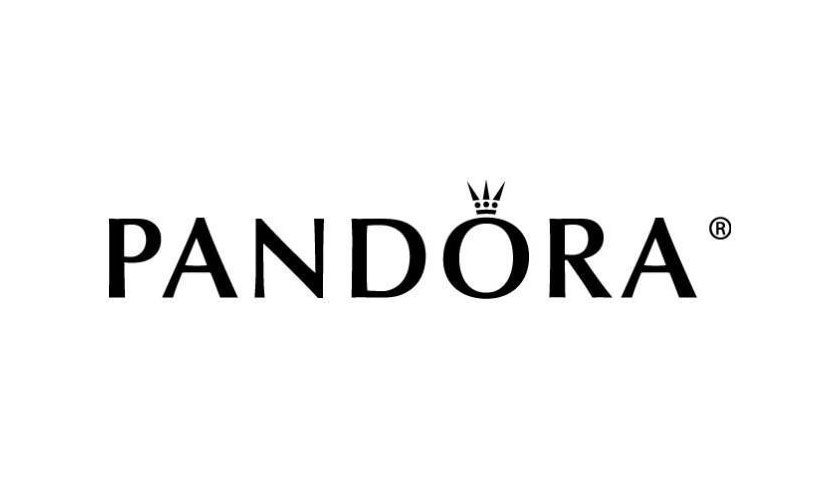Pandora, the world’s largest jewellery brand, has announced it has changed its precious metals supply and is now sourcing only recycled silver and gold for all its jewellery.
The shift avoids significant greenhouse gas emissions, as mining requires more energy and resources than recycling. The carbon footprint of recycled silver is one-third compared to mined silver, while the recycling of gold emits less than 1% of the carbon emissions from mining new gold. By sourcing recycled metals, Pandora avoids around 58,000 tons CO2 per year. This is similar to the annual electricity use of 11,000 homes or driving 6,000 cars around the world.
“Precious metals can be recycled forever without any loss of quality. Silver originally mined centuries ago is just as good as new, and improved recycling can significantly reduce the climate footprint of the jewellery industry,” said CEO Alexander Lacik.
Silver and gold are the most used precious metals in Pandora jewellery. In 2020, Pandora set a target to source 100% recycled silver and gold by 2025, and now the company has reached this milestone earlier than expected – by the end of 2023 – thanks to strong commitment from its suppliers.
All suppliers have had to switch their operations to only source materials that are certified recycled according to the Responsible Jewellery Council Chain of Custody, one of the strictest standards in the industry. For many, this has introduced new processes and equipment to ensure complete segregation of mined and recycled metals across the entire supply chain including sorting, melting, and manufacturing. More than 100 Pandora employees have been involved in the transition work.
Allowing time for the depletion of existing inventory of metals, Pandora expects that it will craft all new jewellery with 100% recycled silver and gold from the second half of 2024. In 2023, 97% of the silver and gold sourced for Pandora’s jewellery was recycled.
Today, less than 20% of the world’s silver supply comes from recycled sources, typically from discarded electronics, old jewellery,silverware, manufacturing scrap and other waste from industry. Once collected, recycled silver undergoes a refining process where impurities are removed, and the metal is recast to be used again.

